智慧畜牧業助力農業優質產出. 由於存在 物聯網, 實施精準農業生產作業可利用多種對象. 這個實作是透過建構一個集合來完成的 環境監測, 作物模型分析, 農藝自動化系統與平台的精確調整. 透過使用物理參數感測設備測試環境, 例如土壤, 空氣, 水, 等生產環境即時動態監控, 符合環保標準
您可以從本文中了解更多有關負責任畜牧業的信息.
1. 什麼是智能畜牧業?
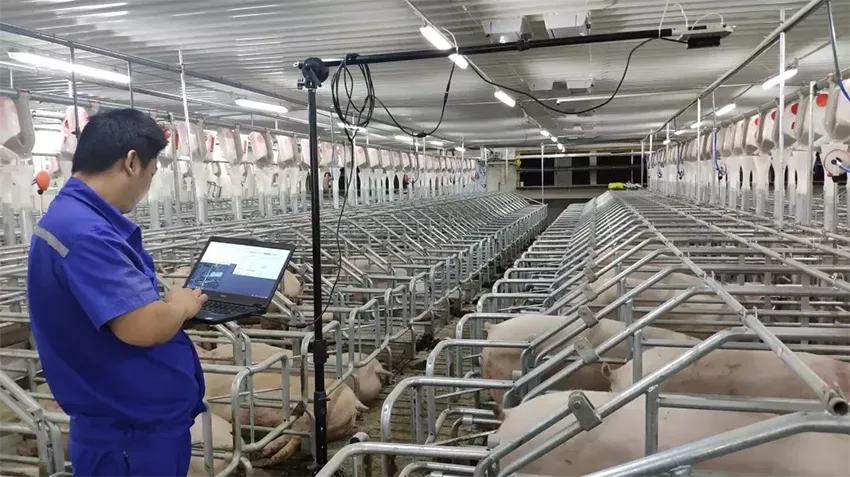
期限 ”智慧牲畜” 描述了各種感測設備和無線通訊系統. 這些系統依賴畜牧業產量不同環節的分配, 屠宰, 並透過「互聯網」進行流通,” 大數據技術, 基於雲端的服務, 物聯網, 以及其他資訊手段. 它們用於動物生產, 動物疫情的預防與控制, 畜產品品質管制, 死亡動物無害療法, 屠宰動物和家禽的治理, 獸醫健康監測, 和執法部門. 其他方式包括; 動物疫病災害提示, 動物疾病監測, 風險分析, 畜禽產卵貿易循環利用等關鍵環節的先進動物養殖發展模式,可實現智慧化畜牧業.
2. 智能畜牧業如何運作?
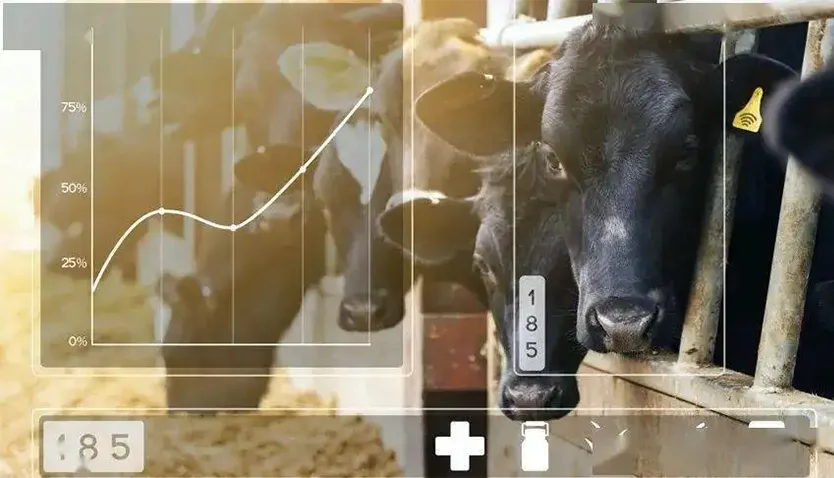
僅手動記錄會導致數據相對孤立, 時間- 以及消耗能源的數據處理, 利用率低, 生產前整個產業結構中存在大量的資訊數據,對生產指導和推廣的影響很小, 生產中, 和後製. 除了提高生產管理, 物聯網還可以管理財務和供應鏈連接, 了解多樣化生產數據的透明度, 降低生產經營費用, 降低風險, 並實現卓越的企業管理. And based on the information system of mobile Internet, can use comms technology to convert detector, controller, 機器, 人們, and things into one through the modern paradigm, form the things and people, things and things, coherent surveilling management, epidemic preventative measures and disposal, input management, quarantine declaration, 運輸, sale, 和其他連結, and assist farms in realizing the entire process of dynamic control.
A video tracking system for production planning, remote management using computer and smartphone terminals, and data information like breeding type, scale, agriculture products, 智慧控制, and leadership are typical features. It also has a quality and safety tracking system for agricultural products.
智慧畜牧實現對農產品的發展和畜牧業過程的精確控制, 有利於提升集約農業管理水準及農作物品質. 因此, 對先進的農業資訊製造系統的需求迫切 農業物聯網標準 涵蓋各行業. 這些行業包括; 農業, 林業, 畜牧養殖, 大氣科學, 食品安全檢查, 農產品品質追蹤, 植物生理學, 和土壤測試.
3. 智慧畜牧業的目標是什麼
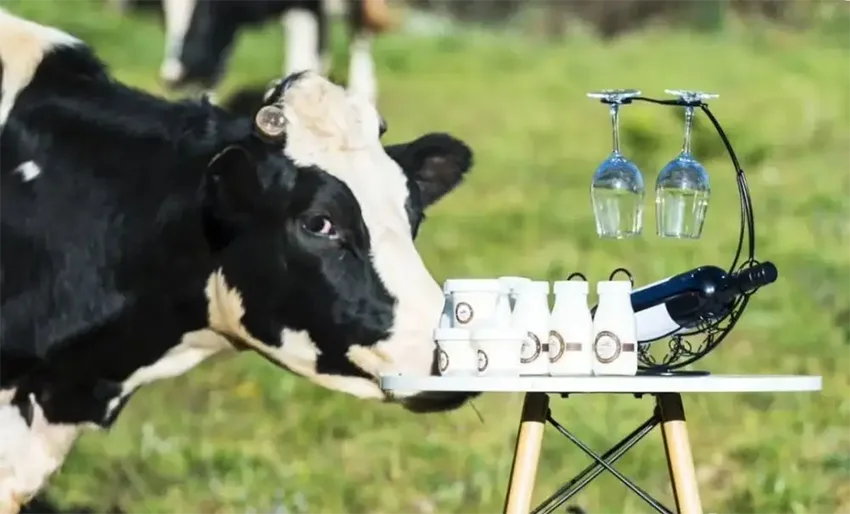
智慧農業助力農業優質產出. 遵守精確的技術標準和要求, 使用智慧技術來管理和影響製造流程的每個步驟; so as to guarantee that agricultural goods satisfy consumer expectations and achieve an efficient connection between supply and demand, 智慧技術可即時正確識別農產品質量,可顯著提高農產品品質. 智慧農業建構監控系統集合, 作物模型分析, 農業生產自動化系統與平台的精準改造. 土壤, 空氣, 水, 等生產環境測試物理參數感測裝置進行即時動態監測, 使它們符合標準. 這 物聯網 可以幫助各種物件實現精準的農業生產作業.
智慧農業促進高生產效率. 農業生產者和經營者可以更輕鬆、更快速地取得氣候變遷數據, 可用的供需數據, 作物發育數據, 和其他現代資訊科技更好地評估作物生長需求; In order to improve the supervision, 預警, and yield evaluation of grain production in the field and increase agricultural production’s capacity to adapt to environmental threats, the applied technologies were spatial geographic information, laser scanning, 和其他技術. The organizational level of farm output and the efficacy of labor productivity has increased due to the intelligent facilities’ logical layout of land for labor usage.
Sustainable agricultural growth is encouraged by intelligent agriculture. Smart agriculture helps promote sustainable agricultural growth by integrating ecological preservation and productive development in agricultural production. With the aid of the Internet, two-dimensional code, and other innovations, the creation of whole-process tracking, 農產品品質與食品安全資訊管道的關聯與傳播, 健全從農田到餐桌的農產品安全品質監管體系, 有利於資源的有效利用和農業廢棄物的產生.
4. 智慧畜牧技術
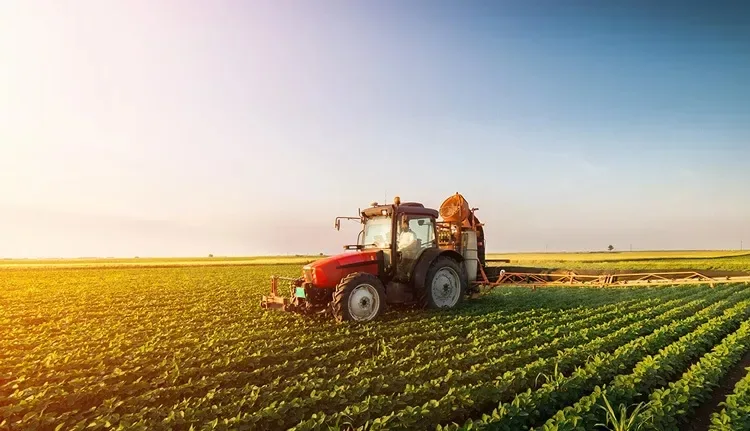
- 物聯網技術為智慧畜牧業提供數據基礎.
使用 無線感測器網路/區域網路、廣域網路數據多樣化即時線上數據, 畜牧業為智慧提供豐富訊息,為智慧分析奠定基礎. 畜牧技術包括大量的感測器節點來監控網路並收集資訊感測工具的基本信息,例如個體發育情況, 家畜, 和家禽養殖氛圍.
- 大數據和雲端運算是畜牧業數據深入分析的重要工具.
與牲畜相關的大數據特徵包括多源, 異質, 跨平台, 以及跨系統. 基礎技術包括面向領域的海量知識發現和預測, 特定領域特徵通用機制, 基於多模態特徵的知識表示與模擬.
傳統技術難以處理此類數據, 獨立且分散的農民無法提供必要的電腦能力. 牛的大數據處理由雲端運算技術支持.
- 下一波牛業改革主要由人工智慧驅動.
機器視覺, 語音辨識, 虛擬實境, 和穿戴式技術是其中的一些核心技術 人工智慧. These technologies can be embedded into and applied to the production and management of livestock in various ways, changing the way that traditional methods of feeding and managing livestock are done while also increasing production governance efficiency and lowering labor costs.
5. Smart animal Agriculture Devices

A data collection and transmission method based on wireless communication is built on the advancement of the Internet of Things, wireless connectivity, 行動通訊, 和其他技術. When used on the breeding farm, it transforms into an intelligent breeding management system. In essence, an innovative breeding management system is more like a series of monitoring systems.
The traditional intelligence farming control system consists of a sensor, wireless acquiring terminal equipment, a control cabinet, and a cloud platform. The number and type of sensors, typically used with ammonia gas sensors, CO2 sensors, such as hydrogen sulfide, 氣溫, and relative humidity sensor type sensors, monitor different environmental parameters of the farms, ranging from three to eight. The number of sensors needed for each kind varies on the size of the farm. Other types of sensors may be added or removed depending on the fundamental requirements of growing other unique animals. Every breeding facility requires a set of environmental monitoring tools to ensure data collection accuracy.
智慧養殖控制系統應用設備
To control the safety of livestock drinking water while tracking the pump’s operational status, electricity consumption, current voltage, and other parameters, farms with high water consumption rates may also want to add liquid-level sensors. 他們還可能添加智慧水錶/電錶, 水泵電流電參數採集模組, 水PH感測器, 餘氯感測器, 和其他設備.
控制櫃是手動操作智慧水產養殖控制系統的方法,也是將感測器資料上傳到統一管理雲端平台的手段. 它往往有一個觸控螢幕來顯示養殖場的即時統計數據.
6. 數位化畜牧業如何智慧化 有益的?
與傳統農業相比, 智慧農業利用物聯網, 這可能有助於節省金錢和勞力, 規範化、科學化管理運營, 並顯著提高產量和質量. 智慧水產養殖推動水產養殖產業化, enhances the stability of the sector’s growth, and accelerates the development of the social economy.
7. 智慧畜牧實踐實例
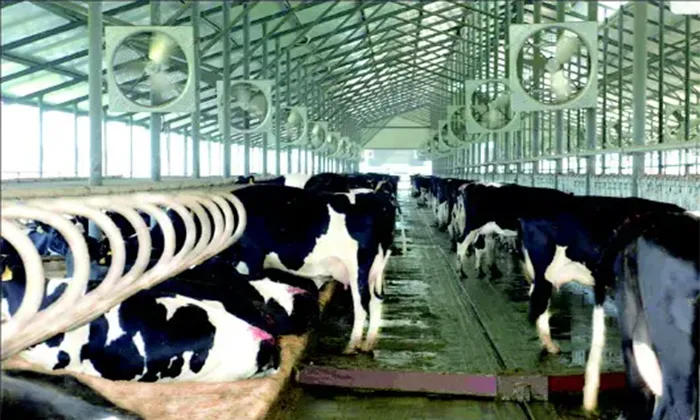
部分 1: 用於監測環境的氣候智慧畜牧系統
An environmental monitoring system monitors the breeding environment. This system primarily uses temperature and humidity sensors, ammonia, oxygen, co2, and carbon monoxide sensors, as well as parameters for monitoring oxygen levels, aquaculture environment air temperature, relative humidity, ammonia concentration, and carbon monoxide concentration. 另外, the remotely monitored center will get timely uploads of the monitored data.
部分 2: 視訊監控系統
A camera is put in the breeding habitat to comprehend the development dynamics of animals remotely and in real-time. A video image of the breeding environment is supplied at the appropriate moment to the remote monitoring platform. In the unfortunate event of theft, may track clues to offer evidence for case investigation. It can also deter in advance; thieves have a deterrent and warning impact.
部分 3: 遠端監控平台
The environmental monitoring system’s monitored data and video surveillance images may be accessed via the remote monitoring platform, a web login platform, and information about the breeding environment can be seen remotely. The remote monitoring platform also includes features like device linkage, account tier, dynamic growth analysis, 線上數據監控, 記錄數據檢視, 歷史分析技術, 和歷史數據分析.
部分 4: 自動控制裝置
平台可自動調節風扇對養殖環境及暖風爐進行通風, 濕簾, 等設備提供良好的動物生長環境. 一旦檢測到氧氣含量過低或有害氣體含量過低,它就會這樣做, 例如二氧化碳, 太高了.
部分 5: 智慧化養殖方式
生產一體化的基礎, 供應, 透過下屬單位資料集中管理、即時分析的平台,打造農業養殖生產加工商品化, 養殖基地, 以及養殖企業的農民. 這種整合有利於單一家庭經營農場和企業; improving the inventory list, blank review, aquaculture profitability analysis, current analysis, providing scientific analysis report, providing the correct foundation for company decision-making, using the information to carry out the detailed budget, and reducing business risks. Improved productivity, thorough use of technology and science, and scale management are all in favor.
8. Smart livestock 解決方案
The innovative livestock solution involves gathering a variety of data from the intelligent terminal equipment of the livestock, 例如 GPS satellite positioning data, data on the living environment, and physiological indicators, and then transmitting it to the big data platform through 窄帶物聯網 /洛拉/4G網 in real-time for monitoring and data analysis.
Farmers can control grazing, track the whereabouts of their animals, and check their health at anytime, 任何地方, thanks to the “smart Ranch” app for their smartphones. The Smart Farm big data platform creates livestock archives to simplify traceability, develop blood connection spectrum, stop inbreeding, and advance eugenics. Using Big data analytics systematically to investigate the variables that influence cattle growth rates and to allow pasture management to assist in alleviating pasture degradation brought on by overgrazing can be of help.
另外, the program recognizes the tracking of livestock food hygiene in a multi-dimensional manner, which significantly contributes to brand building, and product value improvement and ultimately achieves the objective of raising industry value and creating a situation in which multiple parties benefit.
9. 智慧畜牧業的未來範圍
The conventional breeding sector has significantly been subverted and innovative by using science and technology. The identification of biological individuals, intelligent environmental information sensing, data acquisition and transition, wired or wireless data transmission, and insightful commentary and processing of data are all integrated into a variety of sensing technologies, data environment monitoring technologies, and aquaculture environment control technologies, and other automatic control technologies. The integrated breeding method of precise and delicate feeding, together with intelligent production behavior intervention, is the overall direction of the aquaculture industry’s future growth. The aquaculture sector will eventually transition from decentralized to intense and large-scale operation, becoming a technology-intensive sector.
















